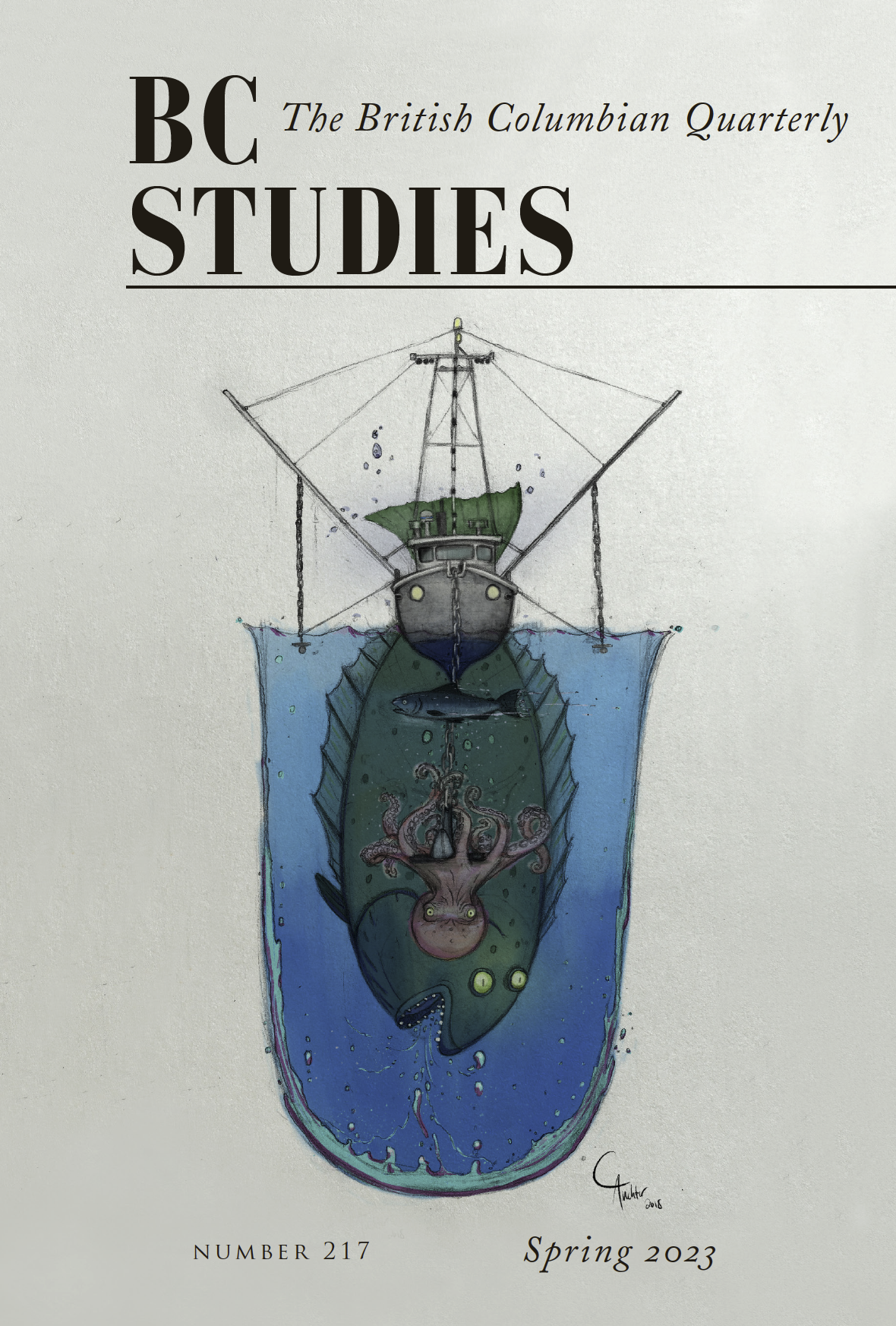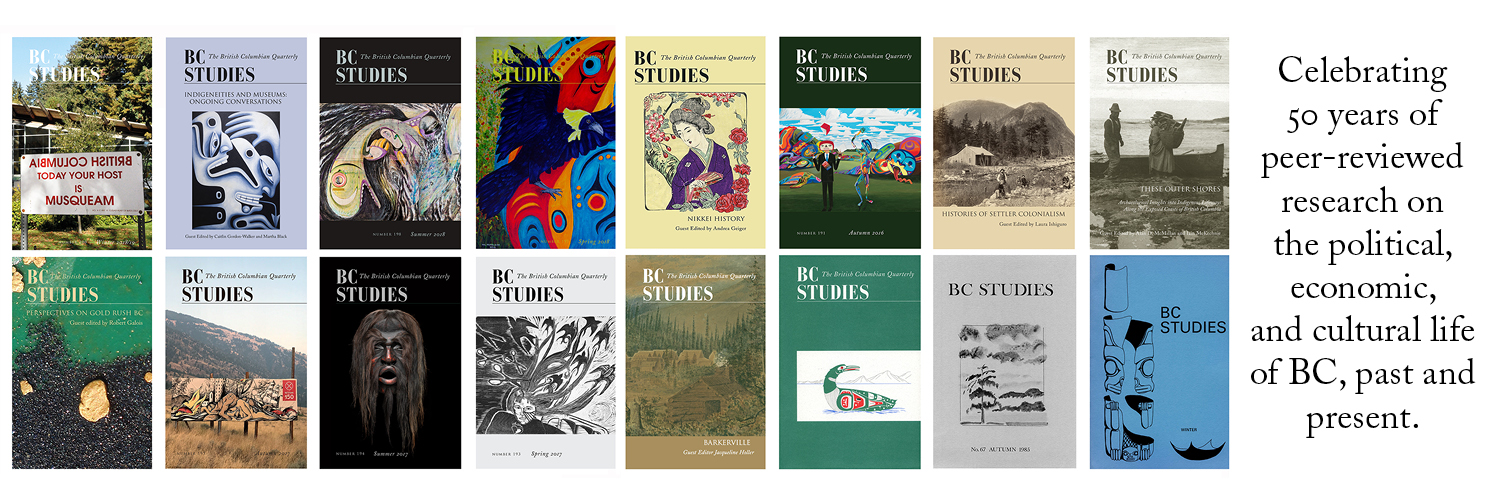Exclusion and New Contact Zones
Japanese and Doukhobor Canadians in the Grand Forks area of British Columbia
DOI:
https://doi.org/10.14288/bcs.no217.197546Keywords:
Kootenay District, Japanese internment, Doukhobor Canadians, agricultureAbstract
Exclusion and contact zones can interact in various ways. In this article, I consider Japanese Canadian resettlement from coastal British Columbia’s one-hundred-mile exclusion zone to the Grand Forks area in 1942. Because their circumstances brought them into close proximity with Doukhobor Canadians, with whom they shared some sense of persecution (albeit for different reasons and in varied ways), Japanese Canadians’ prohibition from living or working within the City Limits of Grand Forks created new contact zones. There was some sense of shared persecution from the mainstream. Some Doukhobors rented out their extra houses to Japanese Canadians or hired them as farm labour, and many Doukhobors and Japanese Canadians went to school together and became friends. The Doukhobors are recognized for helping the Japanese Canadians during World War II after they received permits to move from the B.C. Security Commission in 1942. The story of Grand Forks helps to show the varied circumstances and challenges that Japanese Canadians faced during the Second World War as well as how new types of contact zones between Japanese Canadians and Doukhobors emerged. Indeed, this article demonstrates that contact zones do not always involve those with considerably more power than others, but can also involve different oppressed peoples.



